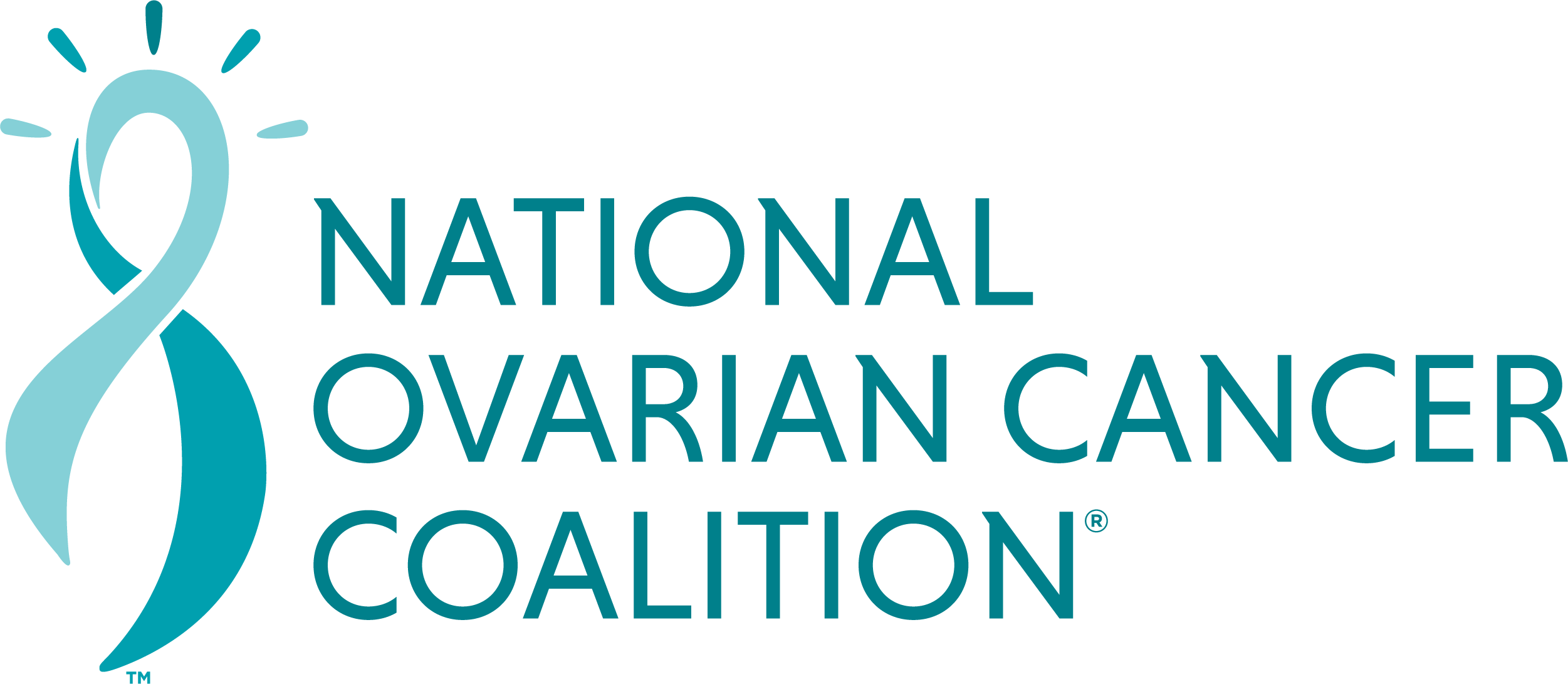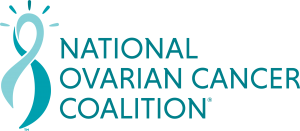Anyone with ovaries is at risk for ovarian cancer, but some people may have a higher risk than others. There are certain factors that can increase your risk of developing ovarian cancer. Having a risk factor, or multiple risk factors, does not mean you will get ovarian cancer.
Ovarian cancer risk factors include
- Getting older
- Overweight or obesity
- Childbirth later in life or never having a full-term pregnancy
- Hormone replacement therapy
- Family history of ovarian cancer, breast cancer, or colorectal cancer
- Personal history of breast cancer
- Inherited genetic mutation
- Family cancer syndromes
- Fertility treatment
- Smoking
Getting Older
The risk of getting ovarian cancer increases with age. Most ovarian cancers develop after menopause—in the US, the average age of menopause is 51. The majority of those diagnosed with ovarian cancer are 55 or older. Although it is rare for someone to be diagnosed before the age of 40, it can happen
Overweight or obesity
Obesity has been linked to a higher risk of getting many cancers, including ovarian cancer. A body mass index (BMI) of 30 or higher can increase your risk of developing ovarian cancer.
Childbirth later in life or never having a full-term pregnancy
Having a first full-term pregnancy (39 weeks through 40 weeks and 6 days) after the age of 35, or never carrying a pregnancy to term, can increase the risk of ovarian cancer.
Hormone replacement therapy
Hormone replacement therapy (HRT) is a treatment that can help relieve the symptoms of perimenopause or menopause. Research has shown that HRT can slightly increase the risk of ovarian cancer.
Family history of ovarian cancer, breast cancer, or colorectal cancer
Certain types of cancer, including ovarian cancer, may be common in families. Having a mother, sister, or daughter who has or had ovarian cancer may increase your risk. A family history of breast cancer or colorectal cancer is also linked to an increased risk of ovarian cancer. An inherited gene mutation can cause all three cancers and increase the risk of ovarian cancer.
Personal history of breast cancer
If you have or had breast cancer, you may have an increased risk of developing ovarian cancer. Some of the reproductive factors that increase the risk of breast cancer can also increase ovarian cancer risk.
Inherited genetic mutation (BRCA1, BRCA2)
BRCA1 and BRCA2 are examples of two genes everyone has that prevent cells from growing too fast. When these or other related genes develop a change, or mutation, they don’t work the way they’re supposed to. If that happens, cells can grow out of control, leading to ovarian or other types of cancer.
Family cancer syndromes (Lynch syndrome, Peutz-Jeghers syndrome, MUTYH-associated polyposis)
Certain gene mutations can be passed down from either parent to a child that increase the risk of developing ovarian cancer. This is known as hereditary or family cancer syndrome. There are many family cancer syndromes such as HBOC, Lynch syndrome and Peutz-Jeghers syndrome, among others.
Fertility treatment
In vitro fertilization (IVF) may increase the risk of “borderline” or “low malignant potential” ovarian tumors. If you are taking fertility drugs, discuss this with your doctor.
Smoking
The effects of smoking are unclear, but it has been linked to an increased risk of a type of ovarian cancer called mucinous ovarian cancer. About 2% to 3% of new ovarian cancer cases are mucinous.
Talcum powder
Numerous scientific studies and extensive research have consistently found no conclusive evidence to support the claim that talcum powder increases the risk of ovarian cancer. It’s important to rely on well-founded scientific research and expert consensus when evaluating health risks, and in this case, the consensus is that talcum powder is not a significant risk factor for ovarian cancer.
Can ovarian cancer be prevented?
Although there is no known way to prevent ovarian cancer, there are certain things you can do to reduce your risk.
Birth control
Oral contraceptives (birth control pills) can reduce your risk of ovarian cancer by 30% to 50%. The longer you take birth control pills, the longer the protection lasts.
Childbirth and breastfeeding
Having a full-term pregnancy before the age of 26 can lower your risk of ovarian cancer. Each full-term pregnancy reduces your risk, and breastfeeding can reduce your risk even further.
Surgical Options:
For those at average risk:
- Hysterectomy/tubal ligationHaving your uterus removed (hysterectomy) or getting your tubes tied (tubal ligation) can reduce your risk of ovarian cancer. However, experts recommend these surgeries only for valid medical reasons, such as preventing pregnancy. If the ovaries are still present, there is still a risk of getting ovarian cancer.
- Opportunistic SalpingectomyRemoval of only the fallopian tubes is a procedure people can choose to have done at the time of other abdominal surgeries, in order to eliminate their risk of the most common form of ovarian cancer.
For those at higher risk:
- Salpingo-OophorectomySurgery to remove the fallopian tubes and ovaries to treat or prevent disease. “Risk-reducing salpingo-oophorectomy”, or RRSO refers to the removal of the healthy ovaries and fallopian tubes to reduce a person’s risk of developing cancer.
Options for those at higher risk of ovarian cancer

If you have an increased risk of developing ovarian cancer, talk with your health care provider about the options best for you:
- Your doctor may periodically order a blood test (CA-125) that has shown some usefulness in finding epithelial ovarian cancer. Unfortunately, this test is not very specific. Levels of CA-125 may be elevated in women who do not have ovarian cancer, or they may be low in women who do.
- Your doctor may recommend genetic testing if you have BRCA1, BRCA2, or other gene mutations
- Taking birth control pills can potentially reduce your ovarian cancer risk by half. However, this may increase your risk of breast cancer if you have the BRCA1 or BRCA2 mutation, so additional research is needed.
- If you have a documented hereditary nonpolyposis colorectal cancer (HNPCC), also known as Lynch Syndrome, you should undergo periodic screening mammography, colonoscopy, and endometrial biopsy
- If you wish to preserve reproductive capacity, an option is to undergo screening by transvaginal ultrasonography every six months. However, the efficacy of this approach is not clearly established.
- You may consider removing both ovaries and fallopian tubes (bilateral salpingo-oophorectomy) if maintaining fertility is not important or if you have completed your family
- The risk of ovarian cancer should be clearly documented before surgery. This procedure does not offer absolute protection because peritoneal carcinomas occasionally can occur after bilateral oophorectomy, therefore counseling should be considered. This procedure should be performed by a gynecologic oncologist.
Genetics and genetic counseling

Studies show that inheriting a gene mutation (or change) can increase the risk of cancer. Mutations in the BRCA1 (BReast CAncer gene 1) or BRCA2 (BReast CAncer gene 2) genes can increase your risk of developing ovarian and breast cancer. Those with the BRCA1 mutation have a lifetime risk of 35-70 percent developing ovarian cancer. Individuals with the BRCA2 mutation have a lifetime risk of about 10-30 percent. Without a mutation, the risk of ovarian cancer is less than 2 percent.
Before having genetic testing, you should talk with a genetic counselor. They help you decide how to use the results of your tests, including who to tell, who else should have testing, and what treatment or risk reduction options are right for you. You might also want to consider having genetic testing done since you can pass a gene mutation to your children. Men can also have the BRCA1 and BRCA2 gene mutations and can pass those mutations to their children. Keep in mind that not everyone who inherits a BRCA gene mutation will develop cancer.
Some experts suggest that if you’re of Ashkenazi Jewish descent and have a close family member like a parent, sibling, or child with breast or ovarian cancer, or two more distant relatives such as aunts, nieces, or grandparents on the same side of the family with these cancers, it might be a good idea to consider getting tested. Even if you are not Jewish, the test is recommended if there’s a history of these diseases, fallopian tube or peritoneal cancer in your family.
Not all gene mutations are inherited from parents. Some develop on their own over time. These mutations include TP53, PTEN and PALB2 among others.
For more information on genetic testing or for help finding a healthcare professional trained in genetics, contact the National Cancer Institute’s Cancer Information Service (CIS): 1-800-4-CANCER (1-800-422-6237)
More information about ovarian cancer risk factors and prevention:
- American Cancer Society – Ovarian Cancer Causes, Risk Factors, and Prevention
- American Cancer Society – Can Ovarian Cancer Be Treated?
- National Cancer Institute – BRCA Gene Mutations: Cancer Risk and Genetic Testing
- National Cancer Institute – Ovarian, Fallopian Tube, and Primary Peritoneal Cancer Prevention (PDQ®)
Medically reviewed and updated | December, 2023
Topics





